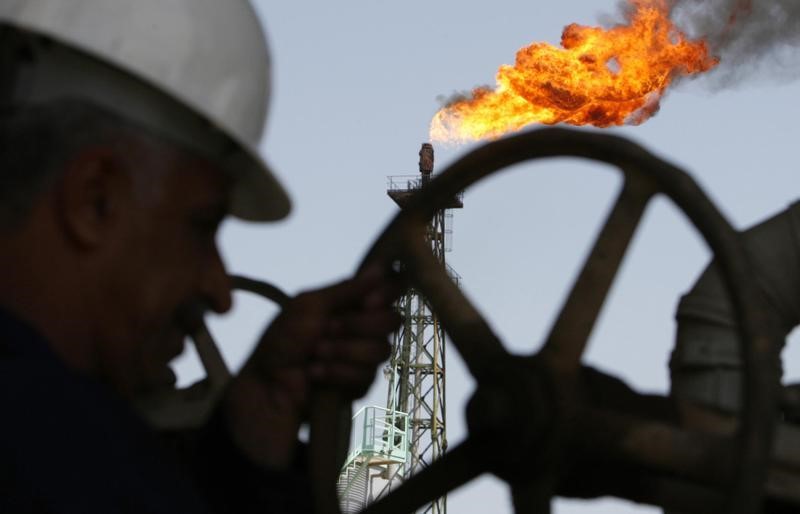By Barani Krishnan
Investing.com - Geopolitics or Wall Street?
The debate on what moves the needle more on oil prices is intensifying as the market ran up nearly 3% in Monday's early trade on attacks apparently carried out on two Saudi oil tankers in the Persian Gulf, before trading turned negative after tit-for-tat tariffs announced by China on U.S. imports.
West Texas Intermediate futures, the benchmark for U.S. crude, settled down 62 cents, or 1.%, at $61.04 per barrel. It had rallied as much as 2.7% earlier, to a session high of $63.60.
London Brent futures, the global benchmark for oil, slipped by 51 cents, or 0.7%, to $70.11 by 2:50 PM ET (18:50 GMT). Brent's peak for the day was $72.58, or 2.8% higher from Friday's settlement.
Saudi Arabia said two of its oil tankers were significantly damaged in “a sabotage attack” off the United Arab Emirates coast on Sunday, state-run Saudi Press Agency reported. The incident adds to regional tensions as the Trump administration raises pressure on Iran, which remains defiant about exporting its oil to the world despite U.S. sanctions.
The Saudi vessels aside, the U.A.E. foreign ministry on Sunday reported an attack on four commercial ships after the U.S. deployed an aircraft carrier, bomber planes and defense missiles to the region last week.
But with no party claiming responsibility for any of the incidents -- Bloomberg said neither Saudi Arabia nor the U.A.E. gave specifics or identified any potential culprits and that Iran had also called for an independent probe -- attention shifted quickly to a stock market sinking on news of higher Chinese tariffs on U.S. goods.
Beijing indicated plans to raise tariffs on $60 billion worth of U.S. imports beginning on June 1 in response to President Donald Trump’s instructions to Trade Representative Robert Lighthizer to prepare 25% tariffs on virtually all Chinese products imported to the U.S., including those that were not currently covered by existing levies. That presidential order came after the U.S. increased tariffs last Friday on $200 billion of Chinese imports to 25% from 10%.
"If tariffs are seen as being negative for China’s economy, then it should be bad news for oil demand, so, today’s turnaround makes logical sense," said Fawad Razaqzada, analyst at FOREX.com in London.
"Meanwhile on the supply side, expectations that Saudi Arabia will hold off from sharply ramping up its production to compensate for the loss of Iranian oil supply is keeping the downside limited for now," Razaqzada said. "However, with the U.S. oil output continuing to grow, the oil market will not stay this tight for too long."
Despite a third-straight loss last week, WTI remains up 34% on the year while Brent, which fell for a second week in a row last week, trades about 30% higher.
Oil traders will be looking out for OPEC's monthly report on Tuesday for a sense of supply-demand and price direction.
The cartel is expected to try and make a strong case to continue with the production cuts it has carried out since the winter as dominant member Saudi Arabia shows it isn’t in any mood to give up the current high prices on crude. One way for OPEC to achieve its aim is to acknowledge lower production by the group due to outages in Iran, Venezuela and Libya, while forecasting higher non-OPEC supply and lower global demand for its oil.
On Wednesday, the International Energy Agency will issue its own monthly outlook on oil supply-demand, while the U.S. Energy Information Administration will report on stockpiles, production and exports for the week ended May 10.
